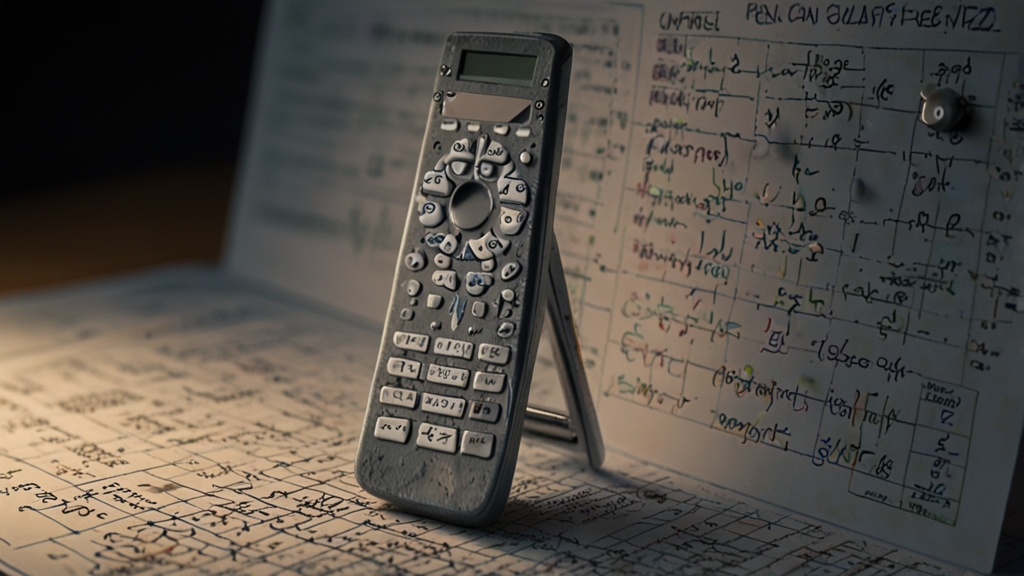The Surprising Connection Between Geometry and Music
At first glance, geometry and music might seem like entirely separate disciplines. One is a branch of mathematics dealing with shapes, sizes, and the properties of space, while the other is an art form involving harmonious and expressive sounds. However, a deeper look reveals fascinating connections between the two fields, connecting the abstract world of geometric forms to the emotive experience of music. Let’s explore how geometry and music intertwine to enrich our understanding of both.
Musical Harmony and Proportions
The concept of musical harmony is deeply rooted in geometric proportions. Ancient Greek philosopher Pythagoras is often cited in discussions about the connection between geometry and music. He discovered that the pleasing sounds we recognize as musical harmony can be described using simple numerical ratios. For example, a perfect fifth is formed by the ratio 3:2, while an octave is captured by the ratio 2:1. These ratios can be visualized geometrically using lengths of strings or segments, showcasing a clear link between harmony and mathematics.
Pythagoras believed that the cosmos itself was structured according to the same geometric principles found in musical harmony, coining the term “Harmony of the Spheres.”
Indeed, this intrinsic relationship is foundational in the study of acoustics and the development of musical scales. The well-tempered tuning system used in Western music, for instance, balances these geometric ratios to create a versatile and harmonically rich scale, further solidifying the bond between geometry and musical theory.
Wave Patterns and Geometry
Another fascinating intersection is found in the study of wave patterns, or cymatics. When sound vibrations interact with a medium such as a metal plate covered with sand, they create stunning geometric patterns. These forms, known as Chladni figures, reveal the inherent geometric nature of sound waves.
Experiments with cymatics show that different frequencies produce distinct patterns. Low frequencies may result in simple, broad shapes, while higher frequencies generate intricate and complex designs. These geometric patterns produced by sound waves are not just visually captivating; they offer a tangible representation of the relationship between geometry and music.
Musical Instruments and Structural Geometry
The design of musical instruments also exemplifies the connection between geometry and sound. The shape and structure of an instrument play a critical role in the quality of sound it produces. For example, the curvature of a violin’s body, the length of a flute, or the shape of a drum all influence the resonance, timbre, and pitch of the sounds these instruments create.
The study of these geometric designs is essential for instrument makers, known as luthiers, to craft instruments that produce desired sound qualities.
Furthermore, the placement of holes in wind instruments like flutes or the specific measurements of string instruments like guitars involves careful geometric calculations. These precise measurements are fundamental for achieving accurate pitch and sound quality, highlighting yet another dimension of how geometry and music are intertwined.
Modern Applications and Digital Music
In modern times, the relationship between geometry and music extends into the digital realm. Computer algorithms used for sound synthesis and music production often apply geometric principles. Fourier transforms, for instance, break down complex sounds into their geometric wave components, allowing for sophisticated sound manipulation in electronic music.
Moreover, visualizations in music software frequently use geometric shapes to represent sound waves and frequencies, aiding musicians and producers in crafting their pieces. The user interfaces of these programs often employ geometric lines and shapes to provide intuitive control over complex soundscapes.
Conclusion
The intersection of geometry and music is a testament to the interconnectedness of seemingly disparate fields. From ancient philosophy to modern technology, the principles of geometry permeate the world of music, enriching our understanding and appreciation of both. Whether through the harmonious ratios of musical intervals, the mesmerizing patterns of cymatics, or the precise construction of musical instruments, the connections between geometry and music continue to inspire and intrigue.









